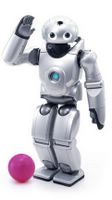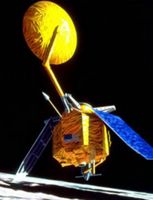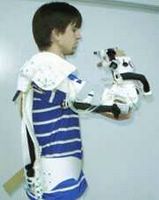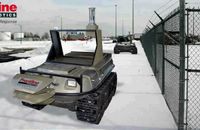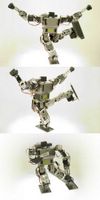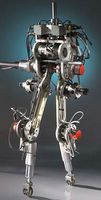MIT Media Lab artificial intelligence guru Marvin Minsky thinks it will be decades before robots are ready to take on mining tasks....
Automated mining still a dream
By Denis St. Pierre - Sudbury Star
SUDBURY, Ont. (CP) -- The use of artificial intelligence to create truly-automated machines remains decades away, an expert on the subject told a mining conference Monday.
"Why can't we make a machine that's a miner?"
Marvin Minsky said in his address to the International Symposium on Mine Mechanization and Automation and Telemin 1 Conference at Laurentian University.
"We can make these big, powerful machines...but we cannot get the complete automation we'd like to get," said Minsky.
New approaches and greater resources are needed to develop computerized machines that can mimic the human capacity for common sense reasoning, he said.
"It's certainly possible," Minsky said. But in terms of when that will happen, he added, "my forecast is gloomy. There isn't anything in the laboratory right now that is very promising."
Governments must play a larger role in research and development if a breakthrough is to be made in artificial intelligence, he said.
"Stockholders won't allow their companies to invest in something that doesn't pay off in 10 years. Companies are financially incapable of doing basic research, so it's governments' job."
While artificial intelligence remains out of the question, research into remote controlled mining machines, or telemining, has paid dividends at Inco, a company executive told conference delegates.
"Work we have done on our research mine shows that return on investment improvements of up to 50 percentage points are achievable using telemining mining techniques," said Peter Jones, Inco's executive vice-president, operations.
With automated, tele-operated machines such as drilling and mucking units, "we are generally seeing lower labour costs, higher productivity and better maintenance," Jones said.
Automated equipment costs more and requires "considerable infrastructure cost," Jones noted.
"On a unit basis, this is likely to be some 25 to 30 per cent more expensive than a conventional machine," he said. "But there is every indication that this is more than compensated by higher productivity, lower unit production costs and, significantly, fewer total pieces of equipment."
Increased automation will allow Inco to develop deeper ore bodies and possibly lower-grade ore that currently cannot be mined economically, Jones said.
It also will mean a continued downsizing of Inco's workforce, he said, although he would not predict at what rate the workforce will be cut in coming years.
"You will see a change in the workforce, to where it becomes more technology-oriented."
A greater focus on automation is imperative to the survival of resource companies like Inco, said Fraser Mustard of the Canadian Institute for Advanced Research.
While that means fewer mining jobs in Sudbury, "the question is, how does Sudbury capture new opportunities," Mustard said.
CANOE -- CNEWS - Tech News: Automated mining still a dream
